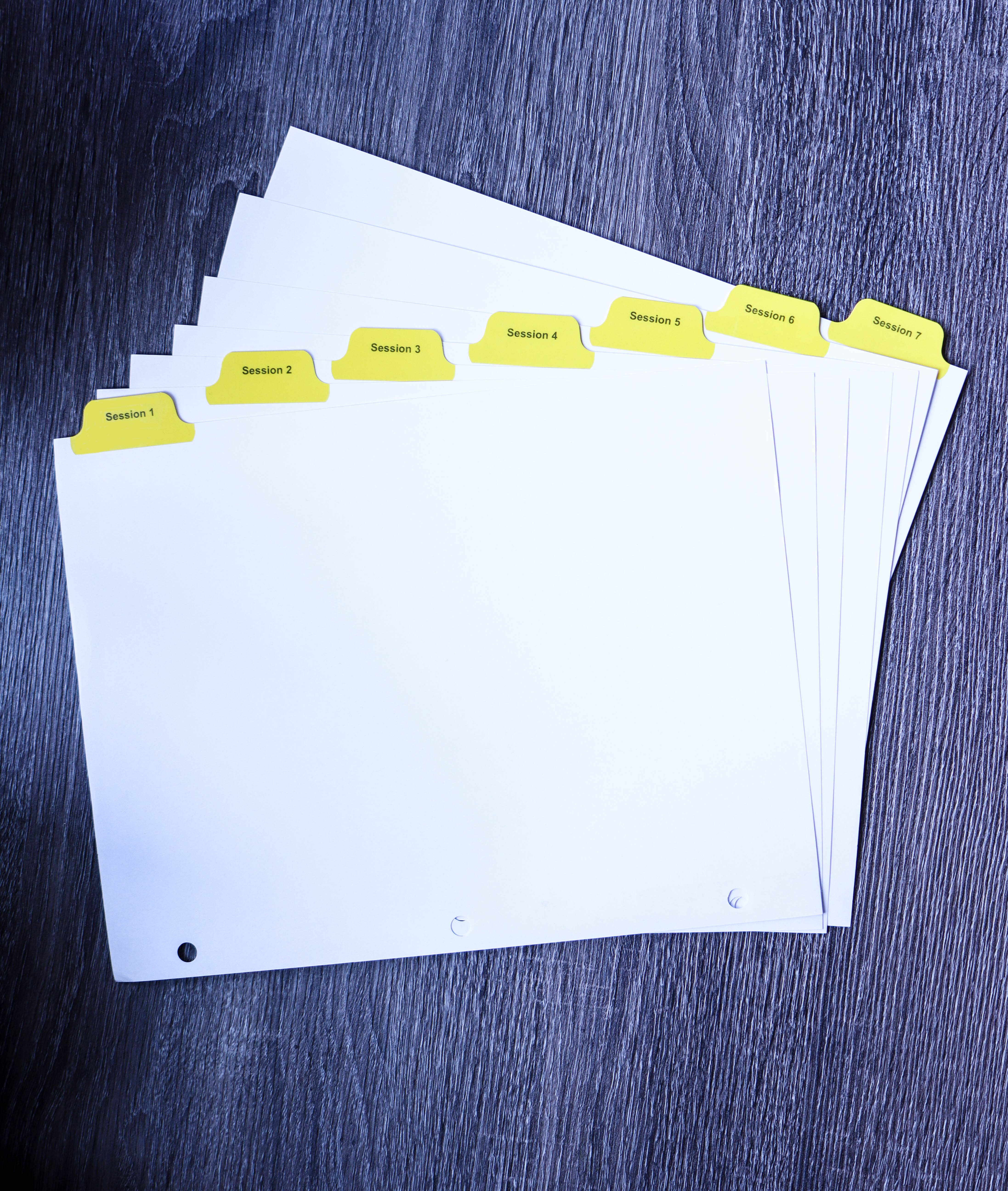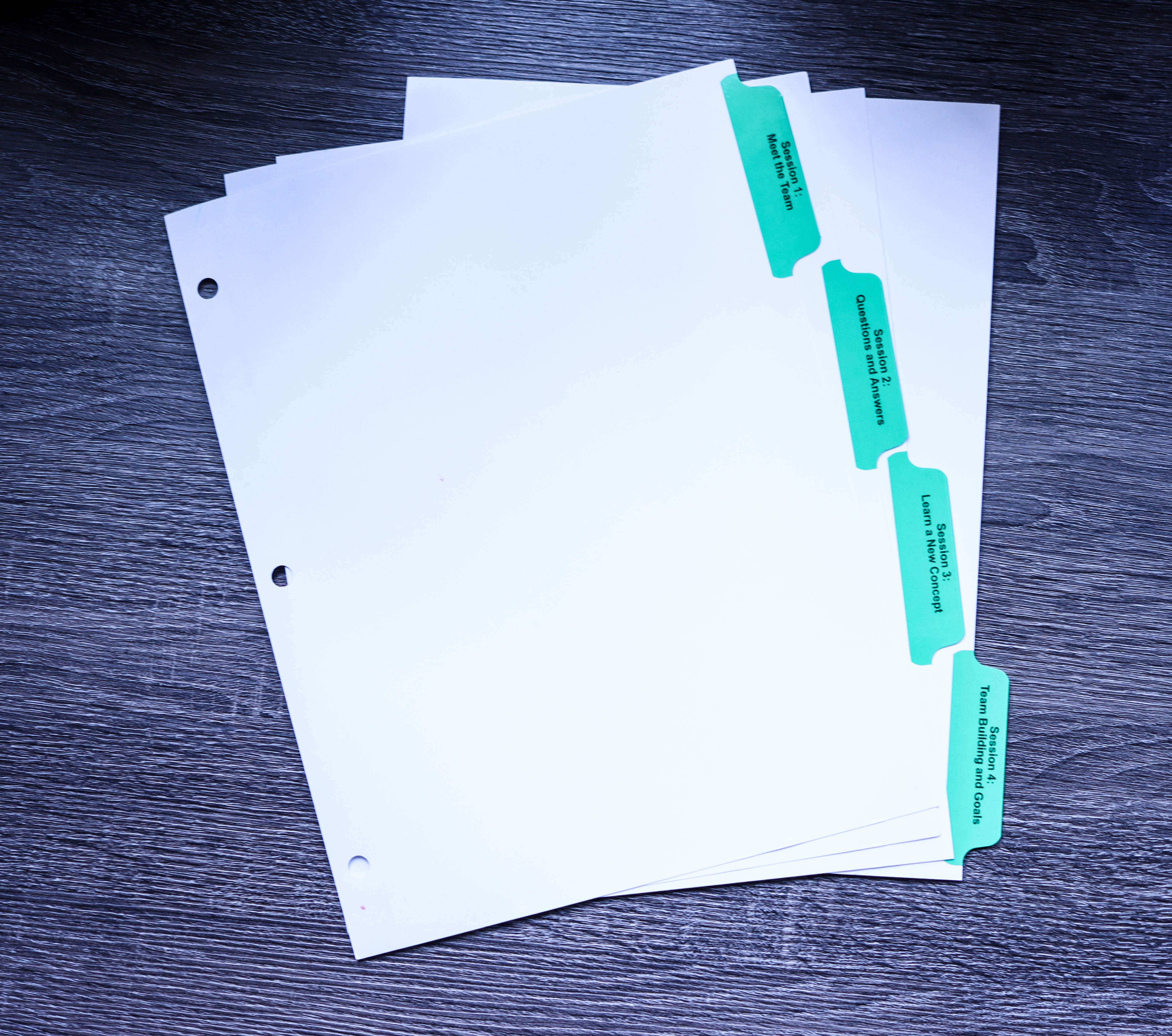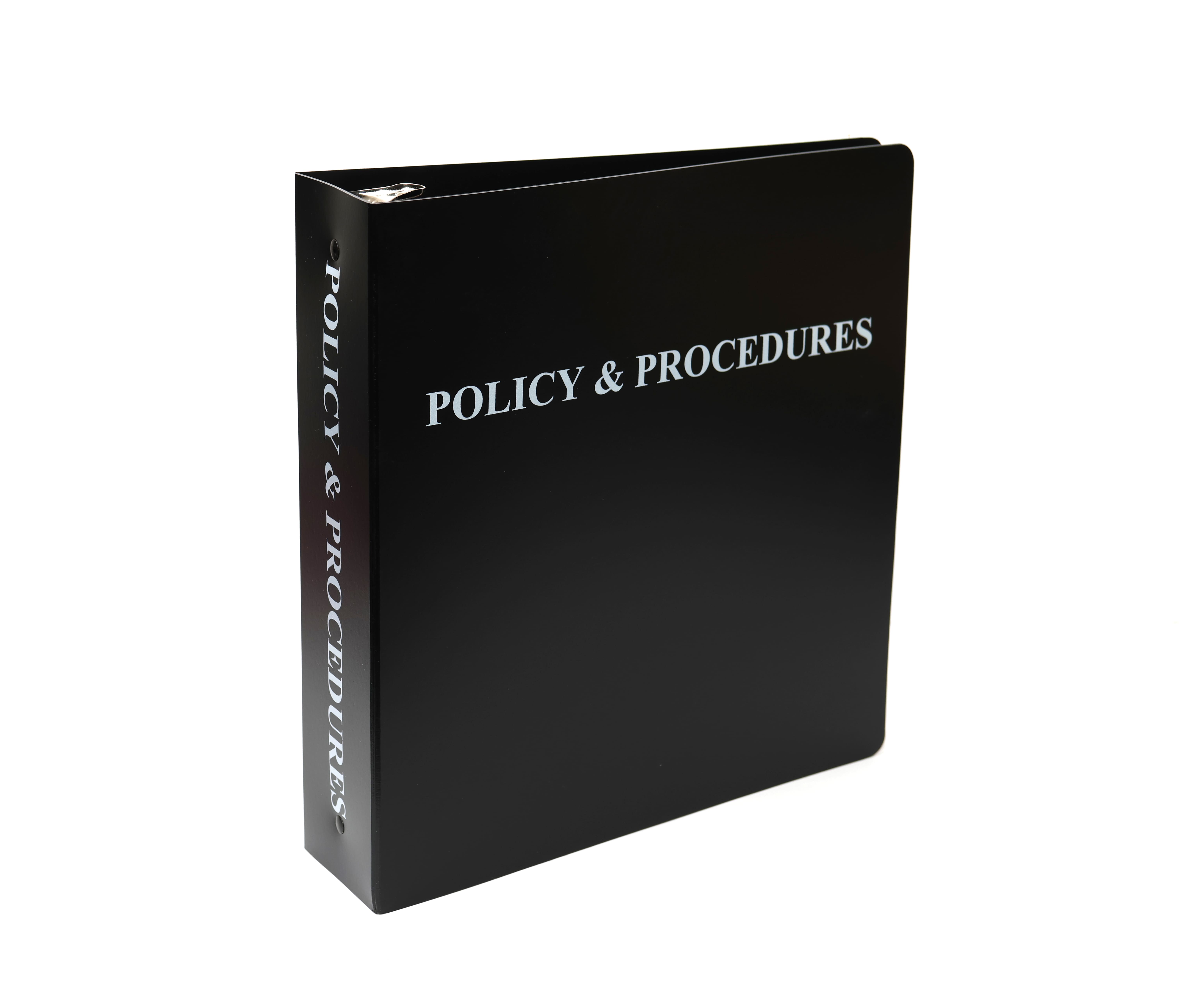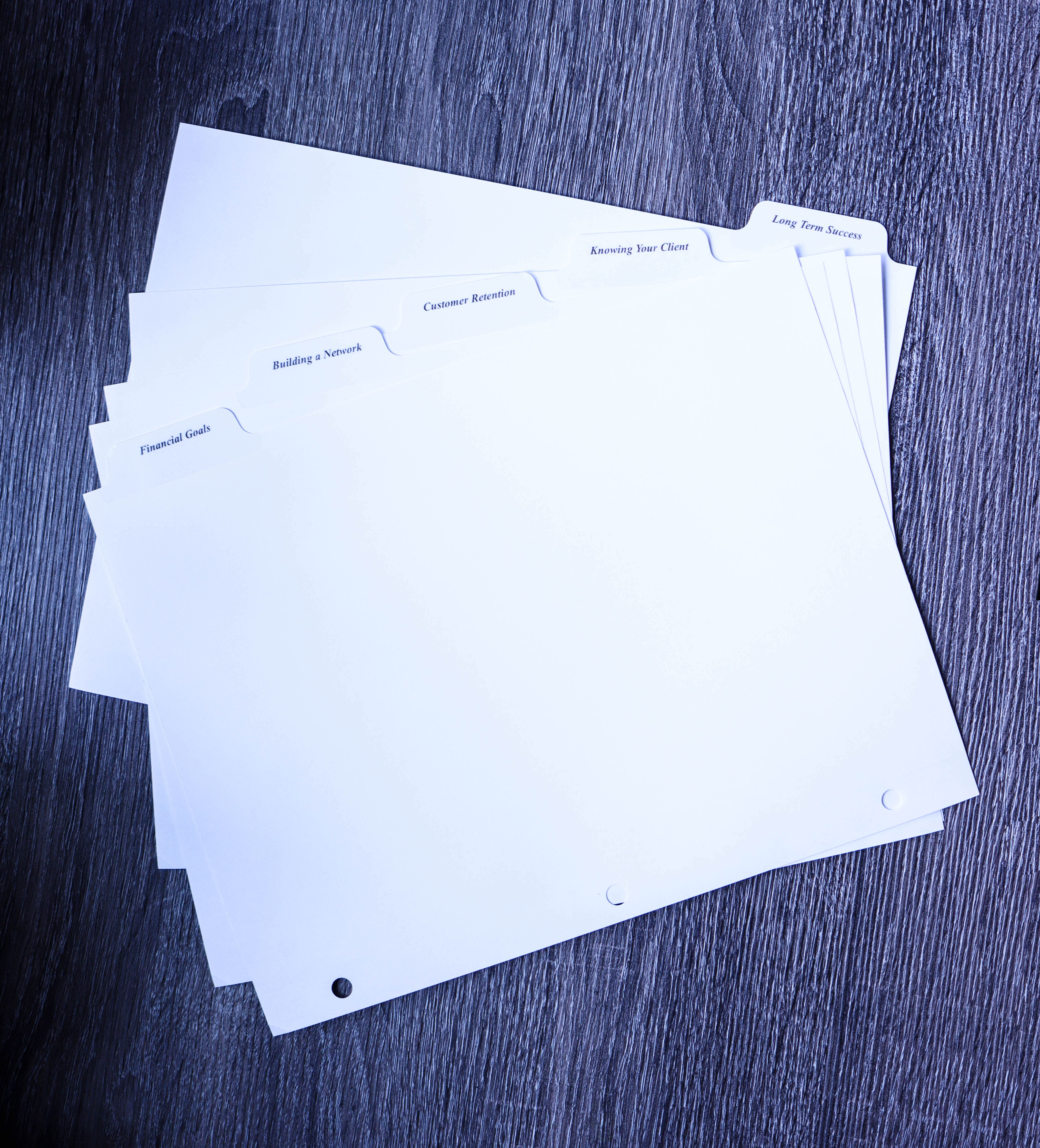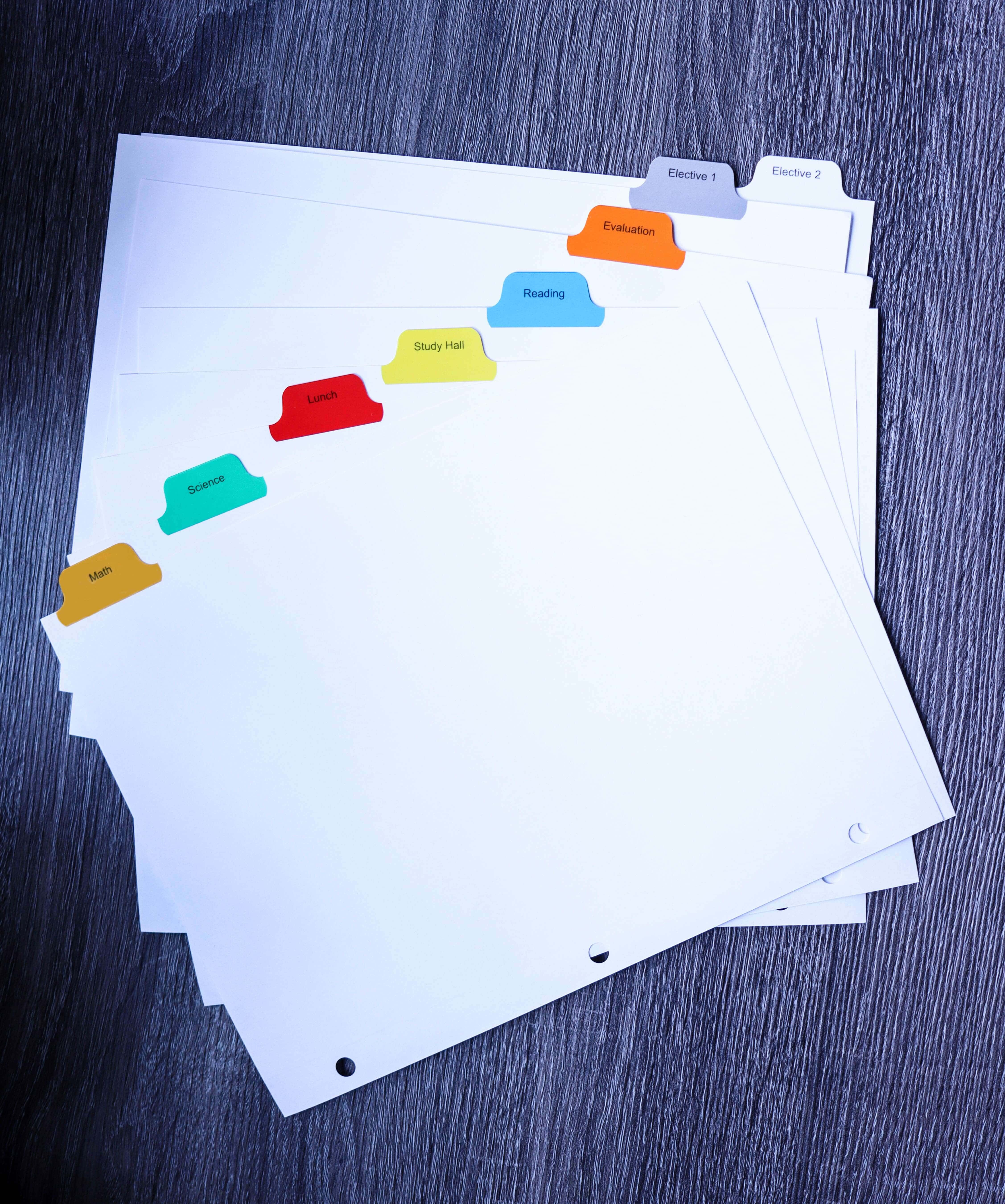Discover whether looseleaf binders and indexes are still useful in 2023. This article explores the pros and cons of these tools and helps you decide if they're worth your investment.
Introduction:
In today's digital world, it's no surprise that many people have ditched paper and notebooks in favor of computers and tablets. But, even with all the technological advancements, some traditional tools remain as essential as ever. Looseleaf binders and indexes are among these tools that have been used for decades by students, teachers, and professionals. However, as we head into 2023, the question on everyone's mind is: Are looseleaf binders and indexes still useful?
In this article, we'll explore the pros and cons of using looseleaf binders and indexes and help you decide whether they're still worth your investment.
Pros of Using Looseleaf Binders and Indexes:
- Easy to Customize:
One of the significant advantages of using looseleaf binders and indexes is that they're easy to customize. You can add or remove pages from the binder, rearrange the order of the pages, and add dividers and labels to make it easier to find specific sections. With this level of customization, looseleaf binders can be tailored to suit your specific needs.
- Durable:
Another advantage of using looseleaf binders and indexes is their durability. Unlike spiral-bound notebooks that can easily get damaged, looseleaf binders can withstand a lot of wear and tear. Additionally, you can replace any damaged pages without having to throw away the entire notebook.
- Cost-Effective:
Looseleaf binders and indexes are also cost-effective, especially when compared to other types of notebooks. The binders themselves are inexpensive, and you can refill them with looseleaf paper as needed, rather than having to buy a new notebook every time you run out of pages.
- Versatile:
Looseleaf binders and indexes are also versatile, making them suitable for a wide range of tasks. You can use them for note-taking, journaling, recipe keeping, and more. They're also great for organizing paperwork and keeping track of important documents.
Cons of Using Looseleaf Binders and Indexes:
- Space:
One of the major drawbacks of using looseleaf binders and indexes is the amount of space they take up. If you're carrying around a large binder with lots of pages, it can be heavy and cumbersome, making it less portable than other types of notebooks.
- Organization:
Another challenge of using looseleaf binders and indexes is organizing the pages. If you're not careful, pages can fall out or become disorganized, making it harder to find what you need quickly.
- Not Eco-Friendly:
Finally, looseleaf binders and indexes aren't eco-friendly. While you can recycle the paper, the binders themselves are usually made of plastic and can take a long time to decompose in a landfill.
FAQs:
Q: Are looseleaf binders and indexes still necessary in the digital age?
A: While many people have moved to digital note-taking methods, looseleaf binders and indexes still have their place in today's world. They're great for organizing physical documents and notes, and they're customizable to suit your specific needs.
Q: What's the best way to organize a looseleaf binder?
A: To keep a looseleaf binder organized, it's important to use dividers and labels to separate different sections. You can also use page protectors to keep important documents safe.
Q: Can looseleaf binders be recycled?
A: Yes, looseleaf paper can be recycled
